The Ricoh GR cameras have had a kind of cult following as a street photographer’s tool of choice going back to the days when Daido Moriyama was roaming the streets of Kabukicho and Ikebukuro in Tokyo during the 1990s, creating what are now his iconic works of art with one of the early film versions of the Ricoh GR series.
Recently, I found myself pining for the digital GRIII for street photography, the latest digital incarnation of the GR series. I wanted to try its snap shooting function, where you can lock the focus to fixed close distance focal point, like two meters or less, and zone shoot in some crowded part of Tokyo.
Now I can fix focus and zone shoot in exactly the same way with my Fujifilm X100F and even my Leica M240. However, there is something appealing about the sleek, low profile, form-factor of the GR series cameras, which has mostly remained consistent since the inception of the first analog GR1.
Nonetheless, I am reluctant to acquire yet another piece of gear, particularly a digital camera, just to satisfy a bit of curiosity. No matter though. I reminded myself that I actually have an analog Ricoh GR1s, with which I could likely have a similar experience.
The only thing is, when zone focusing so close, you don’t get much in terms of depth of field, which can be challenging when shooting people in motion while in a moving crowd. I really want to have as much depth of field as I can get, which means shooting at f/16 or higher while also shooting at no less than 1/250 of second in order to freeze motion. That means I need a high ISO, particularly on an overcast day, like say 6400 or 12,800. For the digital GRIII ISO 12,800 is no problem, but what about the analog Ricoh GR1s?

I’ve written about the GR1s on 35mmc previously, and if you do a search, you will find other articles as well, so I won’t go into much technical detail here. The GR1s an auto-exposure camera, but can be used in aperture priority mode, and you can stop down to f/22. The maximum shutter speed is 1/500th of a second, but the camera does not allow selecting shutter speed. The best I can do is judge the light and set the aperture such that the camera choses no slower than 1/250th of second but does not require any shutter speed faster than 1/500th.
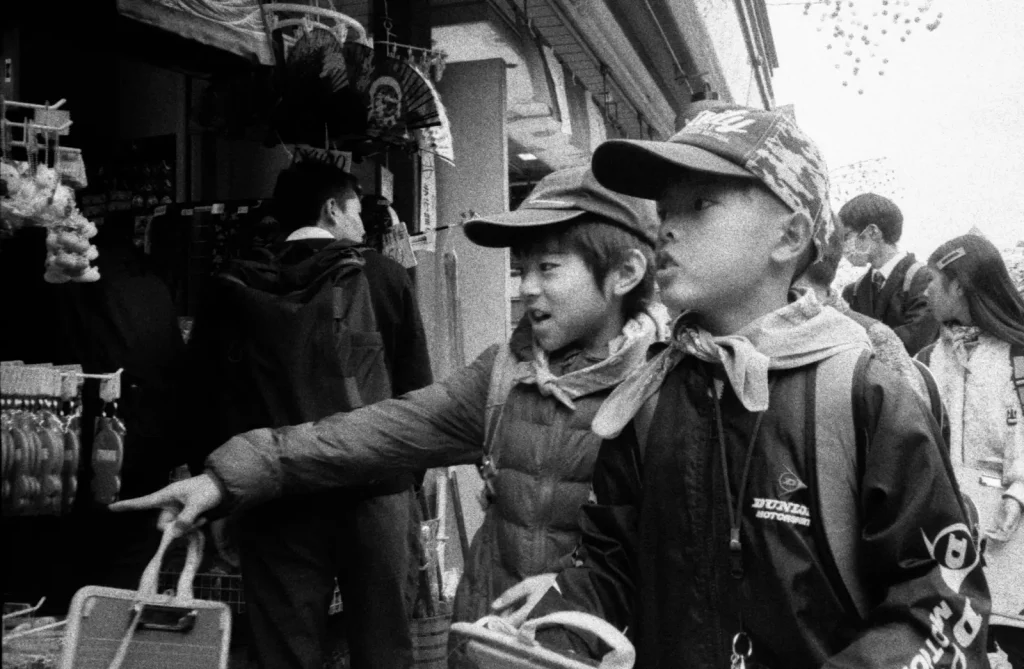
I am not sure what the maximum ISO the GR1s can handle. The GR1s has no option to manually select ISO, but rather has a DX reader. Most 35mm films have a DX code painted on the case indicating box speed for cameras with DX readers. There is also a dial for compensating exposure plus or minus two stops, so as long as you are not squeamish about push-processing film, you have some serious latitude on speed without having to resort to spoofing the DX reader by scraping black paint off the film case or putting black tape on it. A good article on how to spoof a DX reader if your camera does not have a manual ISO setting is here.

I decided to take myself to Asakusa one morning in December, wander among the throngs around Sensoji temple, and shoot with my GR1s. It was heavy overcast weather, so ISO 12,800 was the order of the day, particularly if I also wanted to shoot in the shadows of the narrow alleys around the temple.

Ever since I read Johnny Martyr’s excellent piece on Kodak T-Max P3200, I have made sure always to have some stock on-hand. Kodak reintroduced the film in 2018, so that’s not a problem. Kodak T-Max stocks are all eminently pushable, and P3200 is no exception, particularly if Kodak T-Max Developer is used. Kodak provides guidelines for pushing as high as three stops—a whopping ISO 25,600!
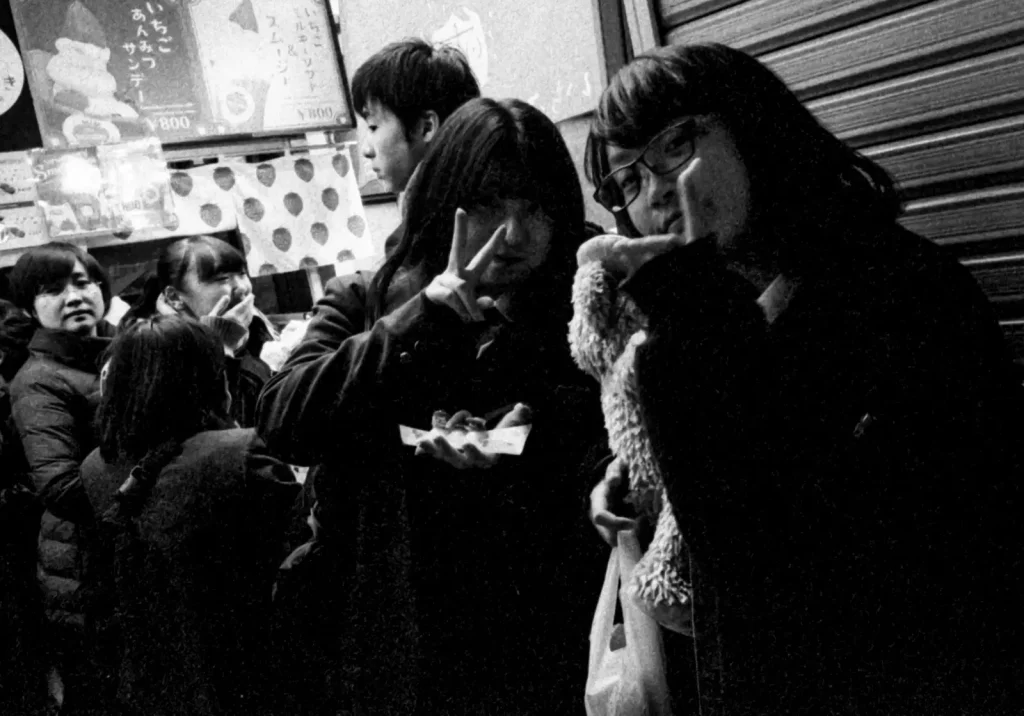
So, I loaded a roll of T-Max P3200 into the GR1s, and set the exposure compensation to minus two EV, effectively giving me ISO 12,800—plenty for my purposes shooting at f/16 and f/22. I set the focus to the GR1s standard snap mode, which is fixed at two meters. With the GR1s, you have the option to fix the focus to other distances by focusing on an object and then locking focus with snap mode, but I figured two meters would do with the camera’s 28mm lens.
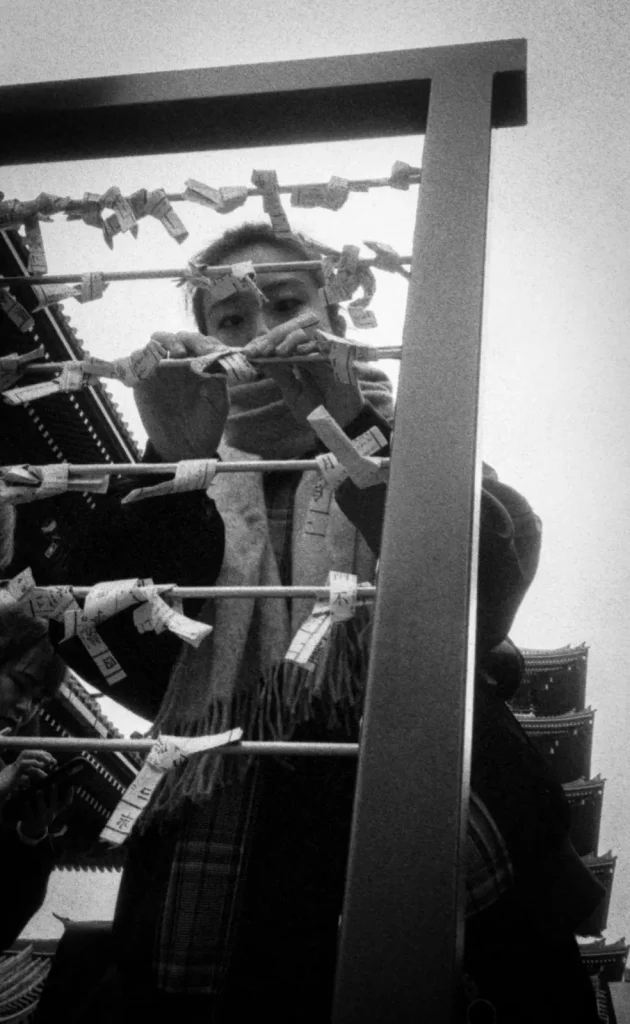
And then I was off, shooting in close range in the teaming throngs of school kids on field trip outings, foreign tourists, and local Japanese taking a day off.
I had a great time shooting with the GR1s. When I got home, I immediately developed the film and scanned the negatives. You can see the results for yourself.
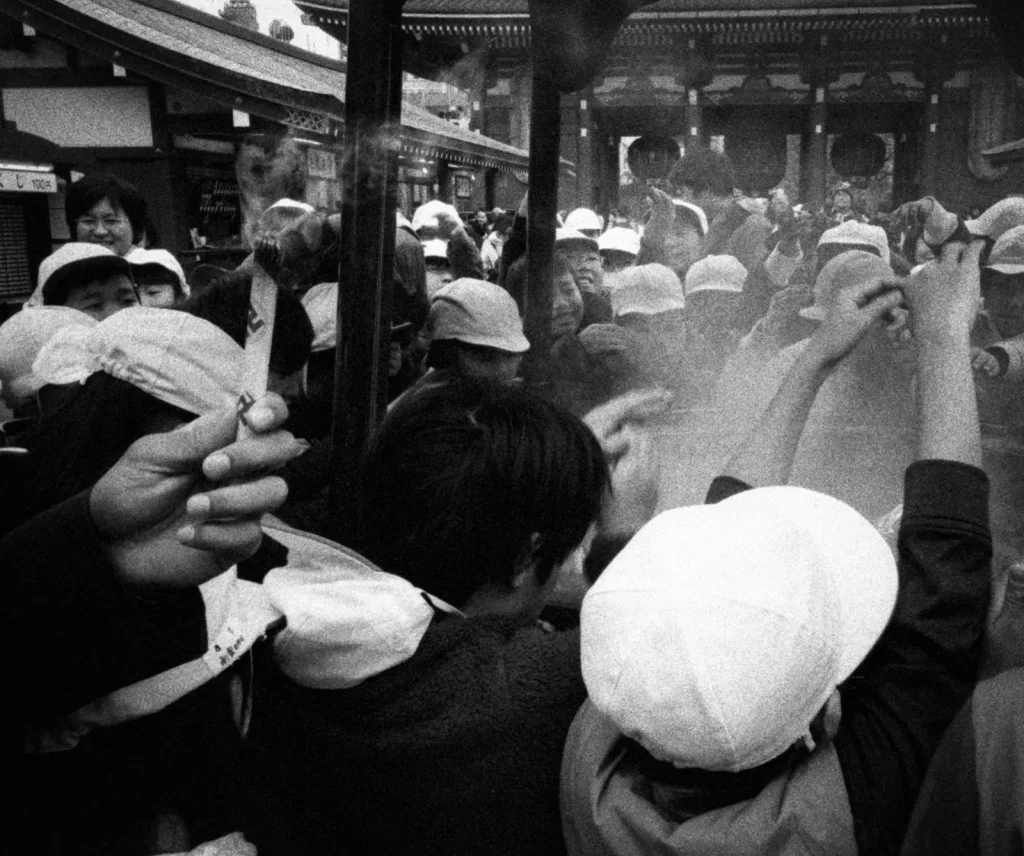
And do I still pine for the digital GRIII after this experience with the GR1s? Nah. Not really.
The analog GR1s is thinner and sleeker than the GRIII, has an excellent finder whereas the GRIII has only an LCD on its back, and the GR1s comes equipped with a flash that gets perfect exposure every time, whereas a flash is completely missing from the GRIII!
So why on earth would I want to pay more to downgrade? I forget what got me all excited about the GRIII to begin with.
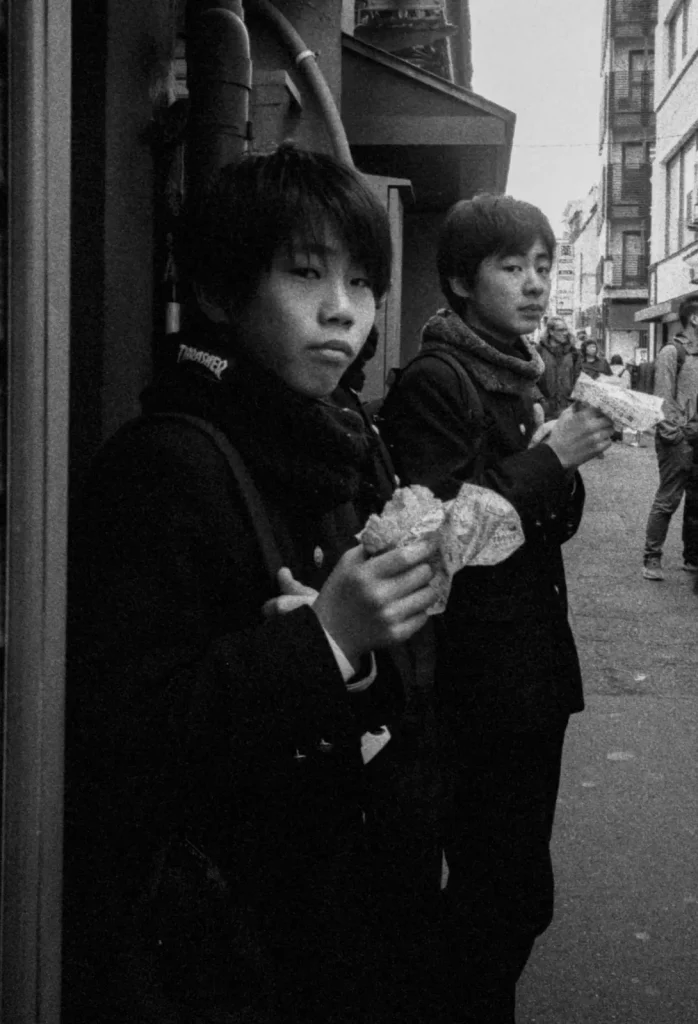
I am a street photographer who lives in Japan. If you would like to see more of my work, have a look at my website bleisteinphoto.com, or my Instagram @sbleistein.
Share this post:
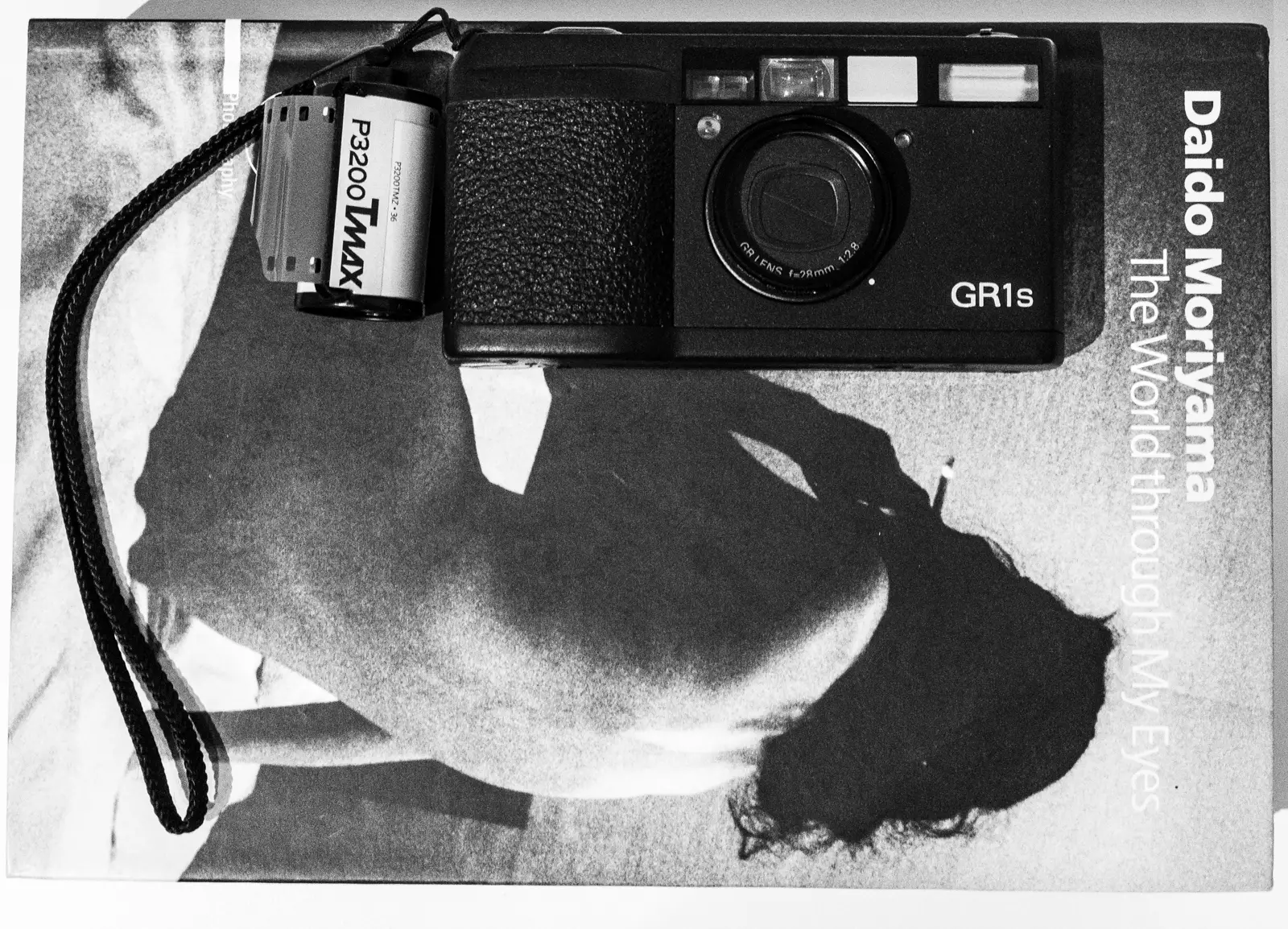








Comments
Jim Rose on Up Close and Personal with the Ricoh GR1s and Kodak T-Max P3200 at EI12,800 – By Steven Bleistein
Comment posted: 15/01/2020
Comment posted: 15/01/2020
Rock on Up Close and Personal with the Ricoh GR1s and Kodak T-Max P3200 at EI12,800 – By Steven Bleistein
Comment posted: 15/01/2020
Comment posted: 15/01/2020
Johnny Martyr on Up Close and Personal with the Ricoh GR1s and Kodak T-Max P3200 at EI12,800 – By Steven Bleistein
Comment posted: 15/01/2020
Comment posted: 15/01/2020
eric on Up Close and Personal with the Ricoh GR1s and Kodak T-Max P3200 at EI12,800 – By Steven Bleistein
Comment posted: 15/01/2020
eric on Up Close and Personal with the Ricoh GR1s and Kodak T-Max P3200 at EI12,800 – By Steven Bleistein
Comment posted: 15/01/2020
Kids are great subject ;-)
they make things easier ;-)
Comment posted: 15/01/2020
Comment posted: 15/01/2020
Comment posted: 15/01/2020
Comment posted: 15/01/2020
Comment posted: 15/01/2020
Comment posted: 15/01/2020
Comment posted: 15/01/2020
eric on Up Close and Personal with the Ricoh GR1s and Kodak T-Max P3200 at EI12,800 – By Steven Bleistein
Comment posted: 17/01/2020
Facekat on Up Close and Personal with the Ricoh GR1s and Kodak T-Max P3200 at EI12,800 – By Steven Bleistein
Comment posted: 17/01/2020
Comment posted: 17/01/2020
Ricoh GRIII and GR1s Experience Comparison by a Film Agnostic - By Steven Bleistein - 35mmc on Up Close and Personal with the Ricoh GR1s and Kodak T-Max P3200 at EI12,800 – By Steven Bleistein
Comment posted: 18/02/2020